Stories
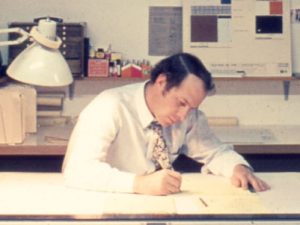
On January 9, 2017, RMW lost one of its great leaders. Matthew Richard Mills, AIA, co-founder and visionary of the firm passed away. Architect, father, husband, and friend, His passing calls for a time of reflection, not only on the impact he had personally but on the legacy he entrusted to RMW architecture & interiors. The culture and values instilled in the firm by Matthew and his partners were strong, and undoubtedly still are today.
It was the summer of ‘65, Rolling Stones’ “(I Can’t Get No) Satisfaction” ruled the airwaves, civil rights protests in the southern states pervaded the national conversation, and three bright young graduates emerged from the University of Pennsylvania with Master of Architecture degrees. C. David Robinson, Matthew R. Mills and David Watson Williams were good friends and passionate designers. Robinson was off to San Francisco, where he had secured a job with SOM, Mills, who graduated cum laude, joined Kling Architects in Philadelphia, and Williams had received a Fulbright to continue his studies in Rome. Within years of graduating, Matthew had moved to GBQC while David W. returned to the U.S and joined Roche-Dinkeloo in Connecticut. David R. however, strengthened his Bay Area connections and explored additional design opportunities. Convincing Matthew to move west was next, and on April 1, 1970, Robinson and Mills was formed.
Their entrepreneurial spirit, sustained by passion, collaboration, and commitment to clients and staff quickly became the hallmarks of the firm. A residential design opportunity soon led to the firm’s first corporate client. An innovative young developer who was passionate about Modern Art and valued strong design. Within a decade, the team completed over 20 office buildings including a 12-floor steel-frame office tower for Valley Bank in Reno. Robinson and Mills grew, and each perfected their craft.
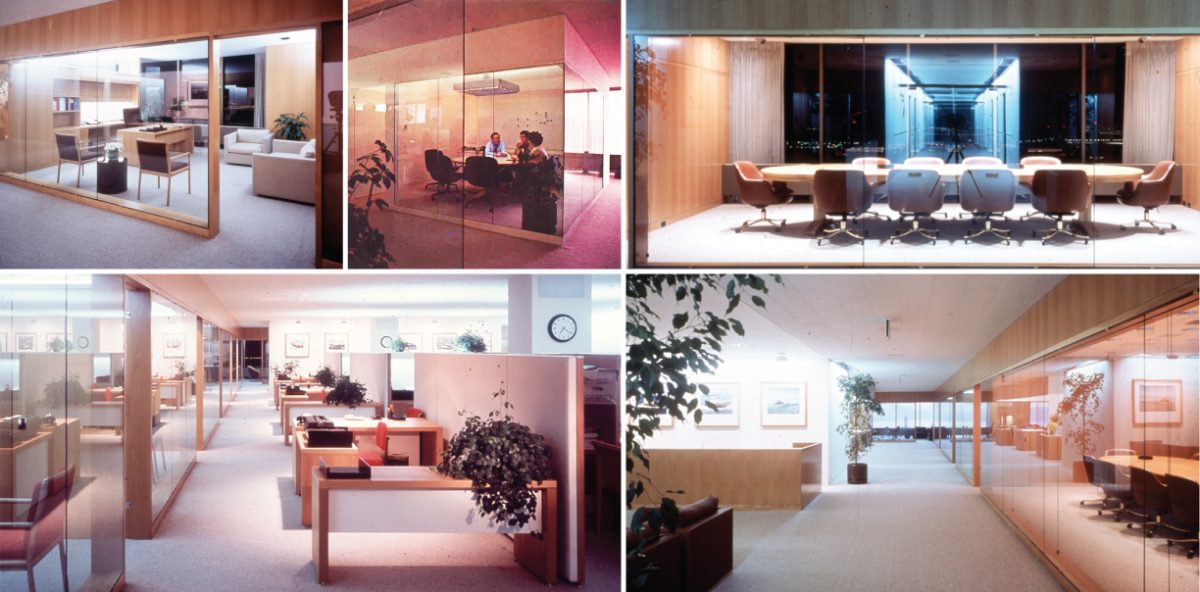
A myriad of projects followed that exercised their then unique ability to design from the inside out. Robinson supported SFMOMA’s move to San Francisco’s Civic Center and updated the Beaux Arts building, while Mills’ channeled his resourceful approach to thoughtful design and careful details into inexpensive office spaces. In 1974, he created the firm’s interiors practice by designing the corporate HQ for Crowley Maritime, a project that Fortune Magazine referred to as the “Office of the Future,” further citing that “One of the greatest of Mill’s achievements is the lighting.” As Matthew cultivated the firm’s architectural approach to interiors and challenged interiors to do the same, corporate spaces, legal offices, and major campuses all followed. Fireman’s Fund, Calvary Presbyterian, Mill Valley Public Safety and Ft. Mason were now clients who experienced Robinson and Mills’ values of relationship, responsibility, passion, and collaboration.
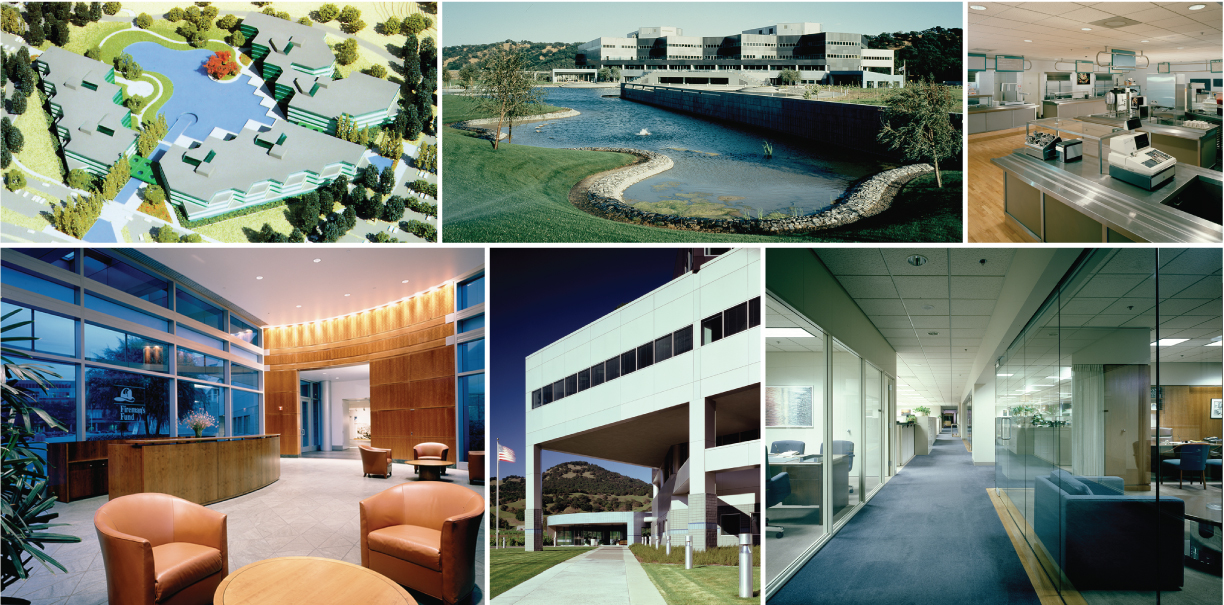
The decade closed with the arrival of David Williams to San Francisco in ’78 and the incorporation of Robinson Mills + Williams in 1981. The newly formed Board of Directors articulated the Principals & Associates primary vision for the firm’s next ten years with C. David Robinson as Chairman and Matthew R. Mills in the role of President. Glenn Bauer celebrated his 10th anniversary with Robinson Mills + Williams in ’81 and had come a long way from graduate drafter to Principal in that short time. Other current and previous Principals joined the firm in the early 80’s including Steve Guest, who came on board to develop the master plan and the first phase construction of The Gateway Community. When Matthew was approached to design a new HQ for the Carpenter’s Pension Trust Fund in the industrial warehouse area, he and Steve turned the design in on itself and transformed two existing ’40’s era tear down warehouses into a source of pride. A tough but bright exterior, with a courtyard garden in the middle of each structure providing views, natural ventilation, and accessed via large sliding doors.
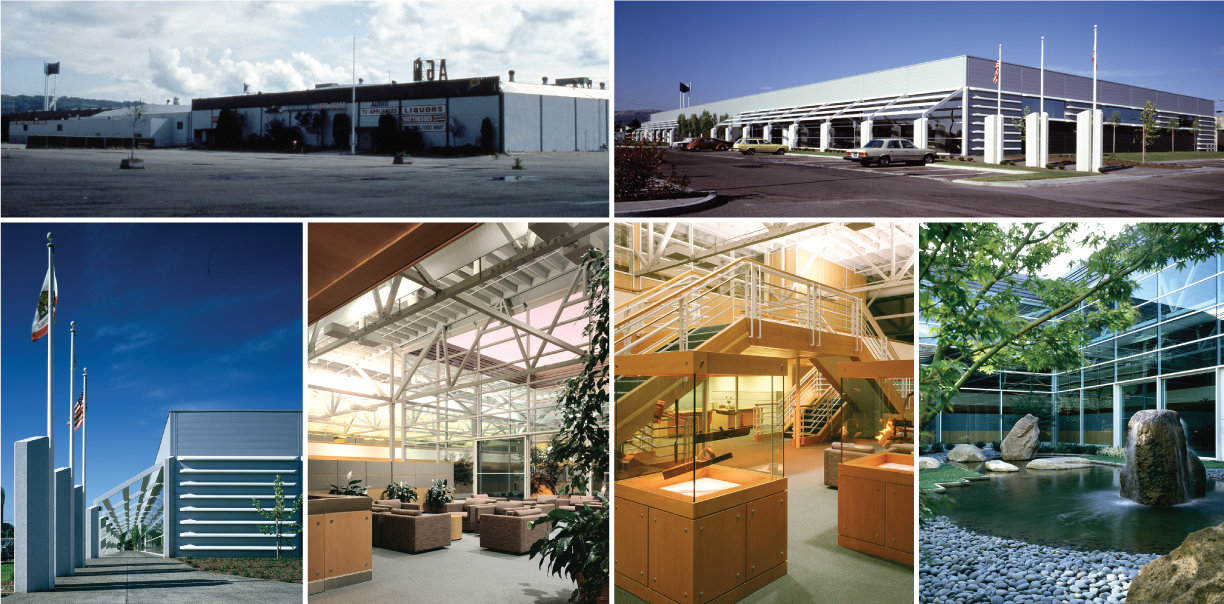
Officed at 153 Kearny Street, San Francisco, in ’82 the firm structure shifted to a department matrix. David Robinson’s studio, supported by Harish Shah & Alan Kawasaki did long-term projects and publicly funded work including the Museum of Modern Art, Academy of Sciences and Yerba Buena Gardens. Matthew Mills’ studio, with Tom Gerfen as operations leader and a robust team including Gary Koshaba, Terry Kwik and Russ Nichols focused on interiors and corporate work. David Williams, along with Jeff Teel and Jim Budzinski ran a studio doing a diverse book of projects. As Robinson Mills + Williams evolved, strong leaders and varied markets led to a couple big ideas. Tom Gerfen, who had worked on multiple projects with Robinson, Mills, and Williams, would lead the multi-studio firm as president/CEO and further develop the model to serve clients, community, and staff simultaneously. Additionally, Glenn Bauer, who had long been interested in the Silicon Valley and the tech industry, would position the firm for growth in San Jose and pursue tech clients. Glenn soon engaged a small start-up for several small but significant office interiors… Apple.
After the recession of the early ’80’s the market was flat. There were few new office building projects, and buildings designed in the late ’70’s were just starting construction. Robinson Mills + Williams focused on interiors and becoming a market leader despite the established reputation for renovation and repurposing. Matthew embraced the challenge and inspired the orchestra of talented architects and designers to identify and execute “The Big Idea” on each project. Within a year the firm had acquired two major contracts, Lake Merritt Plaza and 388 Market Street. 475 Sansome and 801 Montgomery quickly followed. To meet the demand of consistently quick turnaround interiors projects, Bart McClelland came on board in January of 1985 and systematized the construction drawing process. Working for Matthew was demanding, but provided a sure lesson. Robbin McDonald brought a strong sense of plan and organization to the team. She designed tenant space plans like architecture. Jim Budzinski, David Link and Russ Nichols also got a full indoctrination. Together they followed their mentor as he pioneered a new concept, then referred to as branded spaces.
While David Robinson’s team completed the San Jose Museum of Art and David Williams worked on high-end residential projects, in ’88 Matthew was selected to help Bronson, and other large Law Firm transition to a next generation. The return of Steve Guest to the Bay Area after a decade in NC accelerated the pursuit of public projects for Robinson Mills + Williams and a cross-pollination of MRM’s and DWW’s studios. Successful “cheap but cheerful” bids included the conversion of an old provisioning warehouse built for the Marines during WW2 located at 390 Main and a new city hall and administrative center for the growing North Bay town of Rohnert Park. Matthew created the master plan and eventually designed the building, Russ Nichols and Jeff Teel delivered the work. The opportunity to extend the firms’ reach further north to more strategically engage state projects, led to our Sacramento studio in 1989 and Steve Guest embracing the mantle to lead.
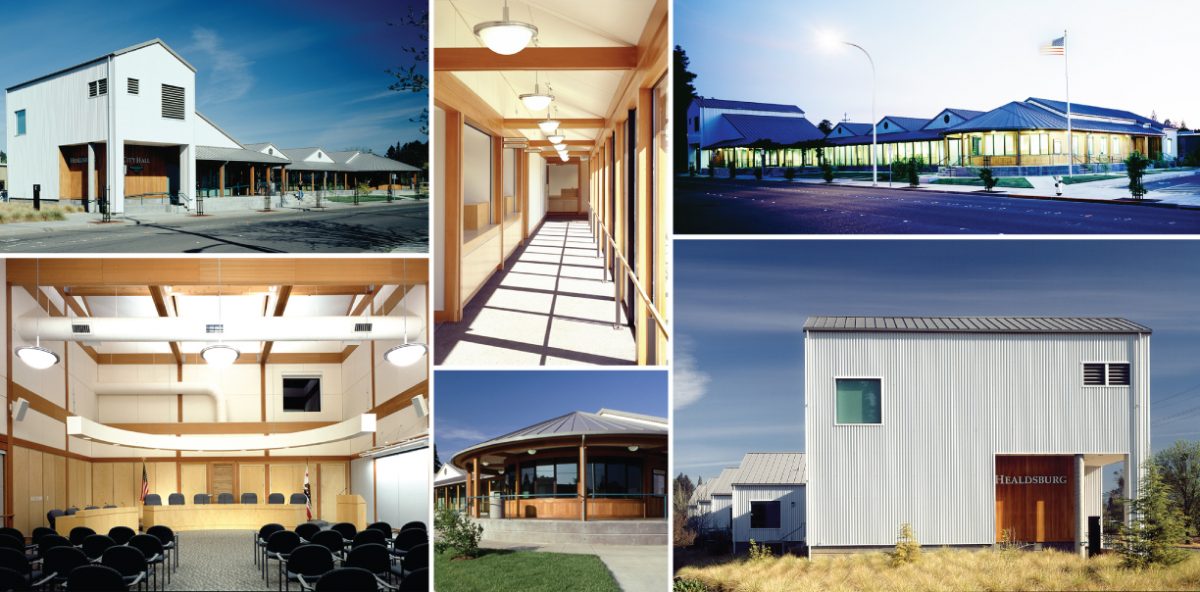
The 90’s approached, young leaders, matured, C. David Robinson stepped away for a partnership with Polshek and Partners, and David W. Williams departed to design single-family residential homes. Mills, while remaining with the firm, shifted from the corporate structure of San Francisco for the new ten person RMW Santa Rosa studio, soon after which he designed the Healdsburg City Hall. His relocation signaled further evolution in Glenn’s return to San Francisco and Russ’ promotion to studio director for architecture in San Jose, along with Mary Davidge who led interiors. Matthew’s new home in Petaluma was intended to transition to retirement, however, his successful cancer battle accelerated his departure from the firm and subsequent move to Pinehurst at the end of 1999.
The last founding partner, Matthew opened many doors for the new generation of leaders to shape the direction of the firm. In 2000, RMW undertook a visioning and branding study to help define the future. The result? Unanimously, staff, current leaders and most importantly clients valued who the firm had become. Hence, to celebrate the legacy of leadership and integrity that was, and still is today, the firm remained RMW.
